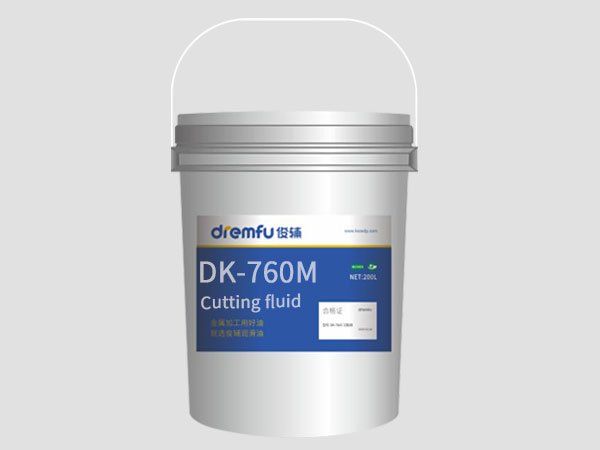2025-11-26 15:28:28
Proper storage of glass cutting liquid,glass cutter lubricant,and glass Cutting Oil is essential for maintaining performance,extending shelf life,and ensuring consistent results in industrial and commercial glass processing.Many buyers focus on technique and equipment but overlook storage conditions,which directly affect the lubricant’s stability,viscosity,and lubricating efficiency.Incorrect storage can lead to separation,oxidation,or contamination,all of which reduce the liquid’s ability to produce clean,smooth glass cuts.To maintain optimal cutting performance,users should follow recommended storage practices based on the chemical properties of the Cutting Oil.
Glass cutting liquid is formulated to reduce friction,maintain wheel lubrication,and support clean scoring.These formulas often contain refined oils,additives,and anti-corrosion agents.When exposed to air and moisture over long periods,these components may degrade,reducing the product’s effectiveness.This is why containers of Glass Cutting Oil should always remain tightly sealed when not in use.Even small amounts of air exposure can accelerate oxidation,which thickens the oil and affects its flow.Thickened cutting liquid does not spread evenly on the glass surface,causing inconsistent cutting performance.Buyers should inspect the cap or lid regularly to ensure airtight sealing.

Temperature is one of the most important factors in preserving the stability of glass cutter lubricant.High temperatures accelerate chemical breakdown,while low temperatures can cause the oil to thicken or separate.Ideally,glass cutting liquid should be stored in a cool,dry location away from direct sunlight and heat-producing equipment.Industrial workshops often store their lubricants near machinery or windows,leading to unnecessary heat exposure that shortens shelf life.A temperature-controlled storage cabinet is recommended for large-scale users who maintain significant lubricant inventory.Stable temperatures preserve viscosity,ensuring the liquid remains smooth and ready for immediate use.
Another important consideration is contamination.Dust,metal shavings,glass particles,and moisture can accidentally enter the liquid if the bottle is left open during use.Contaminated glass Cutting Oil will scratch the glass,reduce scoring smoothness,and cause unpredictable cutting results.Workshops should implement strict practices such as using clean dispensing tools and never pouring used liquid back into the original container.If the lubricant develops cloudiness,strange odors,or sediment,it should not be used for precision cutting.Storing cutting liquid in clean,dedicated containers helps ensure purity and optimal performance.
Light exposure also affects storage quality.Prolonged ultraviolet exposure can break down additives within the cutting liquid.Because of this,many high-quality glass cutting liquid brands use opaque or tinted containers.Buyers who purchase lubricants in transparent bottles should store them in dark cabinets or storage boxes to protect them from UV degradation.Even artificial workshop lighting can cause slow chemical changes if the liquid is exposed continuously.
Rotation is another key practice.Users should adopt a“first in,first out”system to ensure older stock is used before newer batches.This helps avoid expired or degraded glass cutter lubricant sitting forgotten in storage.For industrial buyers who order in bulk,labeling each container with purchase dates ensures that the product is consumed within its optimal shelf-life period.
Large manufacturers may also consider storing glass cutting oil in climate-controlled warehouse sections.Bulk containers should never sit near open windows,loading docks,or areas prone to moisture.Humidity affects the stability of certain lubricant additives and may cause condensation inside partially filled containers.Keeping the storage area dry and well-ventilated minimizes these risks and ensures consistent lubrication quality.
Finally,periodic inspection is essential.Users should check for changes in viscosity,color,or smell before each use.If the liquid appears unusually thick,milky,or separated,it may no longer perform correctly and should be replaced.Consistent inspection ensures that only high-quality glass cutting liquid is used during production,guaranteeing smooth cutting performance and minimizing defects.
Proper storage is not just a maintenance practice;it directly affects cutting quality,tool life,and production efficiency.By protecting glass cutting liquid from heat,light,contamination,and oxidation,users ensure that their lubricant remains stable,reliable,and ready to deliver professional-grade results throughout its entire lifespan.